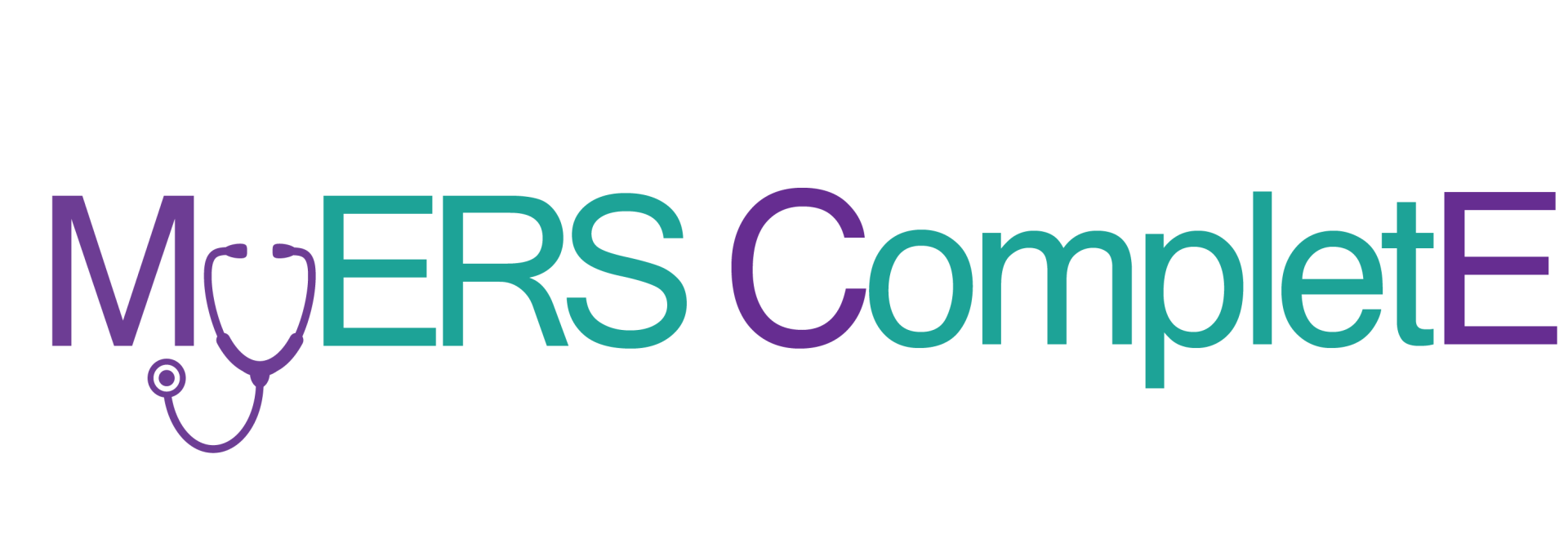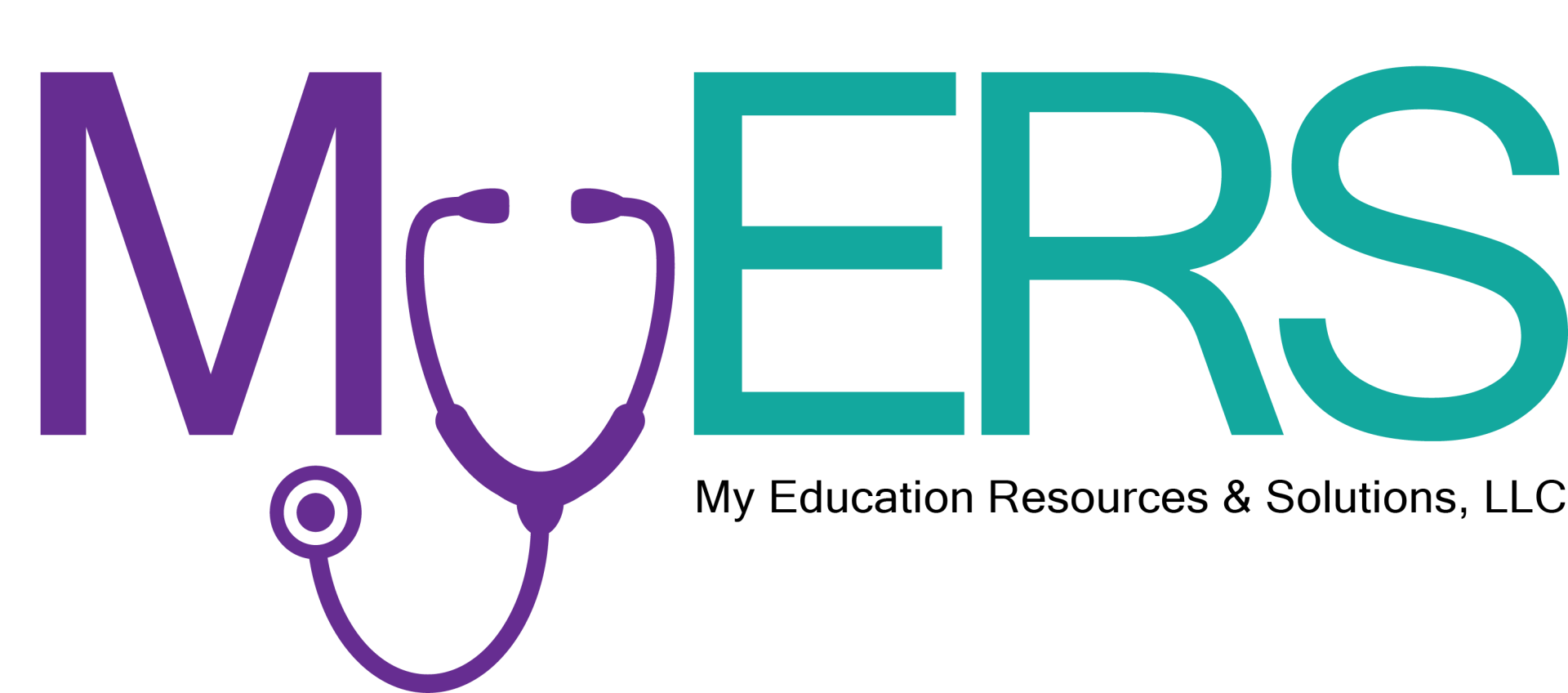Enhancing Clinical Decision-Making | Strategies for Nurses Under Pressure
Jun 23

Enhancing Clinical Decision-Making
Strategies for Nurses Under Pressure
Whether you’re in a bustling ICU, a community clinic, or a telehealth role, your decision-making skills shape patient outcomes every day. Nurses face critical choices under intense pressure - spotting early signs of deterioration, prioritizing competing demands, or escalating care. These decisions can be the difference between life and death. While nursing education often emphasizes what to do, knowing how to think through complex, time-sensitive situations is just as vital.
Recent research in cognitive psychology and healthcare decision science offers fresh insights into sharpening clinical judgment, even in high-stakes moments. Here are evidence-based strategies to help you make confident, effective decisions when it matters most.
The Science of Nursing Decision-Making
A 2024 study in the Journal of Advanced Nursing found that nurses using AI-supported decision-making tools, which incorporate structured frameworks, enhance clinical judgment and reduce errors by leveraging data alongside expertise. Similarly, a 2024 Implementation Science review showed that structured interventions, like standardized protocols, significantly reduced adverse patient events, such as medication errors, highlighting the power of deliberate, evidence-based thinking. A widely cited Journal of Clinical Nursing review further notes that top clinical decision-makers share key traits: they excel at pattern recognition, use structured processes consistently, and balance intuition with data, leading to more effective patient care. These findings underscore how structured frameworks and experience drive better outcomes in high-pressure settings.
The SBAR Framework: Your Decision-Making Compass
The SBAR (Situation-Background-Assessment-Recommendation) framework isn’t just for handoffs - it’s a lifeline for organizing thoughts during critical decisions. Here’s how to apply it in real time:
Situation: State the immediate issue in one clear sentence to cut through chaos.
Background: Share essential context - medical history, treatments, or changes from baseline - to avoid tunnel vision.
Assessment: Synthesize objective data with your clinical judgment. This is where critical thinking shines.
Recommendation: Propose a specific, time-bound action (e.g., “Reassess vitals every 15 minutes for an hour” rather than “Monitor closely”).
A 2023 systematic review in BMC Medical Education found that nursing students using SBAR in high-pressure simulation scenarios made decisions up to 30% faster while maintaining accuracy, compared to peers using less structured approaches. This highlights SBAR’s power to streamline decision-making without compromising patient safety.
A 2023 systematic review in BMC Medical Education found that nursing students using SBAR in high-pressure simulation scenarios made decisions up to 30% faster while maintaining accuracy, compared to peers using less structured approaches. This highlights SBAR’s power to streamline decision-making without compromising patient safety.
Intuition vs. Data: Striking the Right Balance
Knowing when to trust your gut versus hard data is a core challenge in clinical decision-making. Neuroscience research sheds light on how to navigate this balance.
When to Trust Your Intuition
Your “something’s not right” instinct is your brain rapidly processing subtle cues based on experience. Trust it when:
-
You notice a patient change not yet reflected in data.
-
A familiar situation feels off.
-
You have extensive experience with similar cases.
-
The clinical picture defies expected patterns.
Empty space, drag to resize
Maria Rodriguez, RN, an emergency department nurse, shares: “Last month, a patient’s vitals were stable, but their color and breathing pattern worried me. My gut pushed me to escalate, and we caught a developing pneumothorax just in time.”
When to Rely on Data
Lean on data when:
-
You’re managing unfamiliar conditions.
-
Multiple treatment options exist.
-
You need to justify decisions to physicians or teams.
-
High-stakes decisions require documentation.
-
Intuition conflicts with protocols.
Empty space, drag to resize
A 2022 study in the Canadian Journal of Critical Care Nursing found that critical care nurses who combine intuitive insights with objective data enhance clinical reasoning, fostering greater patient trust and engagement, which contribute to higher satisfaction. Similarly, a 2022 Journal of Research in Nursing study showed that integrating subjective intuition with objective assessments improves decision-making, positively impacting patient safety and satisfaction. The key is blending both wisely.
Balancing Speed and Accuracy
High-pressure situations pit speed against thoroughness. These strategies help you find balance:
Time-Boxing Decisions
For non-emergencies, set a time limit (e.g., “I’ll gather data for two minutes, then decide”) to avoid analysis paralysis.
The 10-10-10 Rule
Ask, “How will this decision look in 10 minutes, 10 hours, and 10 days?” to gauge the needed deliberation.
The “Good Enough” Principle
Cognitive science shows that “good enough” decisions in time-sensitive scenarios often outperform perfectionism. Recognize when you have enough information to act confidently.
Cognitive science shows that “good enough” decisions in time-sensitive scenarios often outperform perfectionism. Recognize when you have enough information to act confidently.
Time-Boxing Decisions
For non-emergencies, set a time limit (e.g., “I’ll gather data for two minutes, then decide”) to avoid analysis paralysis.
The 10-10-10 Rule
Ask, “How will this decision look in 10 minutes, 10 hours, and 10 days?” to gauge the needed deliberation.
Managing Stress and Decision Fatigue
Research consistently demonstrates the connection between fatigue, stress, and compromised decision-making. A comprehensive study published in the International Journal of Nursing Studies examined data from over 35,000 nurses across multiple countries, including significant U.S. hospital data, and found that increased nurse workloads were significantly associated with higher patient mortality and missed nursing care. The study revealed that when nurses experienced high workloads and fatigue, critical care activities were more likely to be omitted or delayed, directly impacting patient outcomes.
Empty space, drag to resize
Stress Management Strategies
Controlled Breathing: The 4-7-8 technique (inhale for 4, hold for 7, exhale for 8) resets stress in under a minute.
Cognitive Reframing: Shift from “I’m overwhelmed” to “I’m strategically managing priorities.”
Micro-Recovery: Take 30-second mental breaks between tasks to maintain clarity.
Empty space, drag to resize
Combating Decision Fatigue
Decision Batching: Group similar decisions (e.g., reviewing all medication times at once) to save mental energy.
Routine Automation: Standardize routine choices to preserve focus for complex decisions.
Recognize Impairment: If you’re faltering, consult colleagues or use checklists as a backup.
Tools and Technologies for 2025
Modern tools can bolster decision-making:
-
Clinical Decision Support Systems: AI-powered EMR alerts, like those flagging early sepsis risks, catch issues you might miss during busy shifts.
-
Wearable Patient Monitors: Real-time data from wearables (e.g., continuous vitals tracking) provides instant insights for faster, informed decisions.
-
Mobile Reference Apps: Quick access to drug information, dosing calculators, and guidelines boosts accuracy without slowing you down.
-
Simulation Training: Virtual reality-based simulation labs, increasingly common in 2025, let you practice high-pressure scenarios in a low-risk setting, building decision-making confidence.
Building Your Decision-Making Skills
Great decision-making grows with practice. Try these:
-
Reflective Practice: Post-shift, ask: What information was key? What would I do differently? What worked?
-
Case-Based Learning: Discuss tough cases with colleagues to sharpen pattern recognition and learn new approaches.
-
Continuing Education: Seek courses on clinical reasoning, not just clinical skills, to hone your decision-making process.
Moving Forward
Enhanced decision-making isn’t about perfection - it’s about consistently delivering excellent care amid healthcare’s demands. By leveraging SBAR, balancing intuition and data, managing stress, and embracing 2025’s tech advancements, you can navigate uncertainty with confidence. Your patients rely on your judgment - invest in sharpening it.
Contact
-
My Education Resources and Solutions, LLC
-
PO Box 39566
Greensboro, NC 27438 -
hello@myerscomplete.com
-
(336) 988-7076
Become a member
Your gateway to advanced, cloud-based CE solutions.

